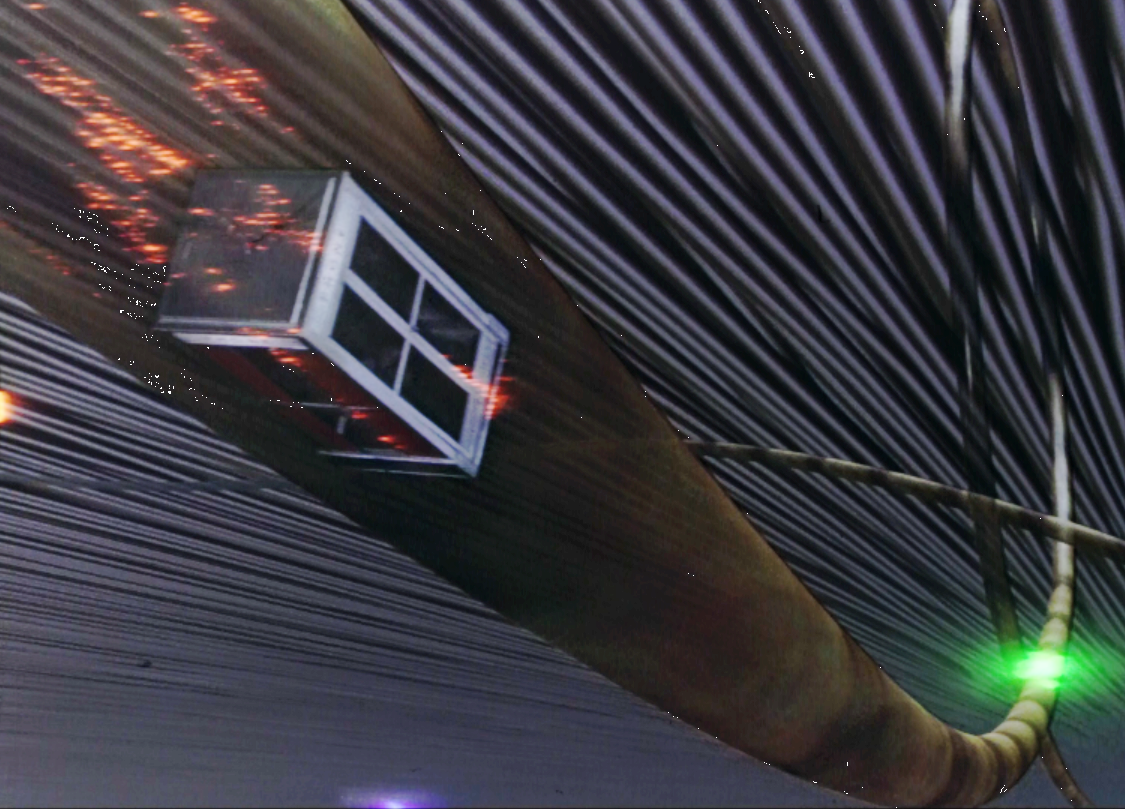In our last entry, we looked at the various models for time travel. We explored the differences between the fixed, dynamic, and multiverse models and how they each have their quirks. We also talked about the role entropy plays in the direction of time. In this entry, we explore the link between physics and computer science in order to lay the ground work for a theory of time travel.
First off, there some things that we must assert. According to the laws of information, there are a few impositions that prevent us from making wild alterations to the timeline. By information, we mean the strictest interpretation of the concept. Claude E. Shannon, the father of information theory, first proposed that what we consider a message or piece of information may, in fact, be quantifiable. Telecommunication was in its infancy and terms like bandwidth and channel density had yet to be coined. New problems were arising, like: "how thick does the cable need to be?" and "how many phone lines should we provide?"
In order to solve these problems, it became necessary to develop the field of information science. One of the first great insights given by this field was a new definition of entropy. In physics, entropy is a measure of the disorder of a system, it's randomness. What Shannon realized was that the same formula that was used to model heat and gasses could be extended to quantify the amount of information in a signal. Veritasium has a great video on this subject where he explores the equality between information and entropy.
The first consequence of the equality between information and entropy is that information is defined as a form of energy. All the laws which apply to energy also apply to information, therefore, information cannot be created or destroyed, only transformed (non-destructively, mind you). This lead to the creation of two key theorems in quantum mechanics, the no-cloning theorem and the no-deleting theorem, which together form the basis for the connection between quantum information theory and computational logic known as categorical quantum mechanics.
The natural consequence of defining physics in terms of computational logic is that we must now treat the universe with the same limitations as those placed on computability (not compatibility, computability) and logical consistency. I’ve heard it put quite well in a talk given by the University of New Mexico CS professor Dave Ackley — “In order for something to exist it must be implementable.” He went on to say that, while this is far from a formalism, it has been suggested that existence is predicated on computability. Many theorists have gone a step further to say the the universe is itself a computer simulation. I however do not think that is quite right. More accurately, I would say that the laws which govern information and computibility are one and the same, and therefore any system of information, whether it be a computer simulation, or the very fabric of existence, must follow the same fundamental rules.
There have been many attempts to create a logically consistent formalism of the laws of information. All fell short of completeness, until a fellow by the name of Kurt Gödel published his famous “incompleteness theorem” and proved everyone was wasting their time. He showed that any system of information has, at its core, statements that cannot be proven yet are none-the-less true. An utterly unacceptable situation for most mathematicians, yet it has formed the cornerstone of many corollary theorems in computer science such as the Halting Problem and other similar proofs of “incomputibility” (is that a word?).
I know what you’re thinking: “What has all this got to do with time travel? I came here for a bloody theory of time travel!” Well this is where we get to the most important part of the puzzle. It was necessary to make the connection between computation and physics very clear, because what comes next is may make some of the audience throw up their hands, scoff, and storm out of the room (if they haven’t already). Unfortunately, that will have to wait for Part 3 where we present a proposal for implementing time travel and hopefully, a means to escape the steel rail of entropy and the ultimate heat death of the universe!


